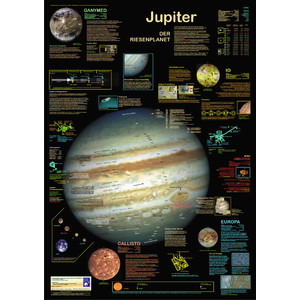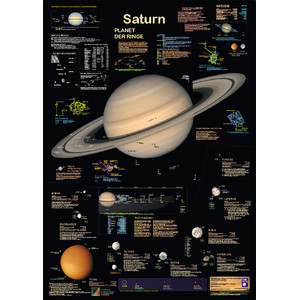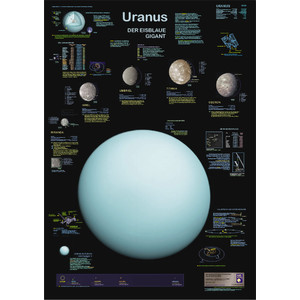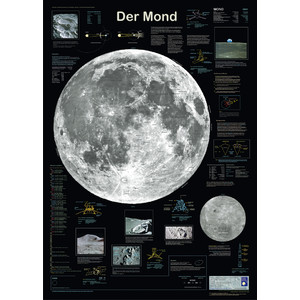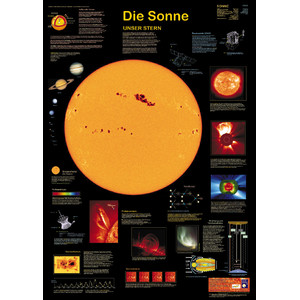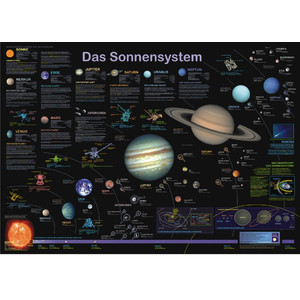Venus este a doua planetă din sistemul solar, după Mercur. Orbita sa în jurul Soarelui este cea mai circulară în comparație cu celelalte planete. După Soare și Lună, Venus este cel mai luminos obiect de pe cer, fiind denumit adesea în istorie „steaua de seară” sau „steaua de dimineață”.
Deoarece Venus se află relativ aproape de Soare, de pe Pământ se pot observa fazele lui Venus, similare fazelor lunii. Acestea au fost deja recunoscute de Galileo Galilei și au constituit un punct de referință important pentru viziunea heliocentrică a lumii dezvoltată de Copernic.
Mult timp s-a crezut că Venus este un fel de planetă soră a Pământului, ceea ce este adevărat în anumite privințe: Venus este doar puțin mai mică decât Pământul (95% din diametrul Pământului). Venus și Pământul au foarte puține cratere de impact, ceea ce indică o crustă relativ tânără. În plus, compoziția chimică a celor două planete este similară.
Prin urmare, s-a presupus chiar că ar exista viață sub norii densi ai lui Venus. Datele științifice recente au demonstrat însă că pe Venus domnește o atmosferă ostilă vieții. La suprafață, presiunea este de 90 atm, ceea ce corespunde aproximativ presiunii la 1 km adâncime în ocean.
Norii groși de câțiva kilometri sunt compuși din acid sulfuric, iar atmosfera densă produce un efect de seră care face ca temperaturile să crească până la aproape 500 °C. Viteza vântului ajunge până la 350 km/h. Spre deosebire de Pământ, Venus nu are câmp magnetic și, până în prezent, nu se cunoaște existența unei luni.
Acest poster prezintă toate informațiile importante despre planeta noastră vecină, inclusiv peisaje de pe Venus, modelate pe baza datelor radar furnizate de NASA.
Hârtie de 200 g, rezistentă la lumină, cu strat mat

